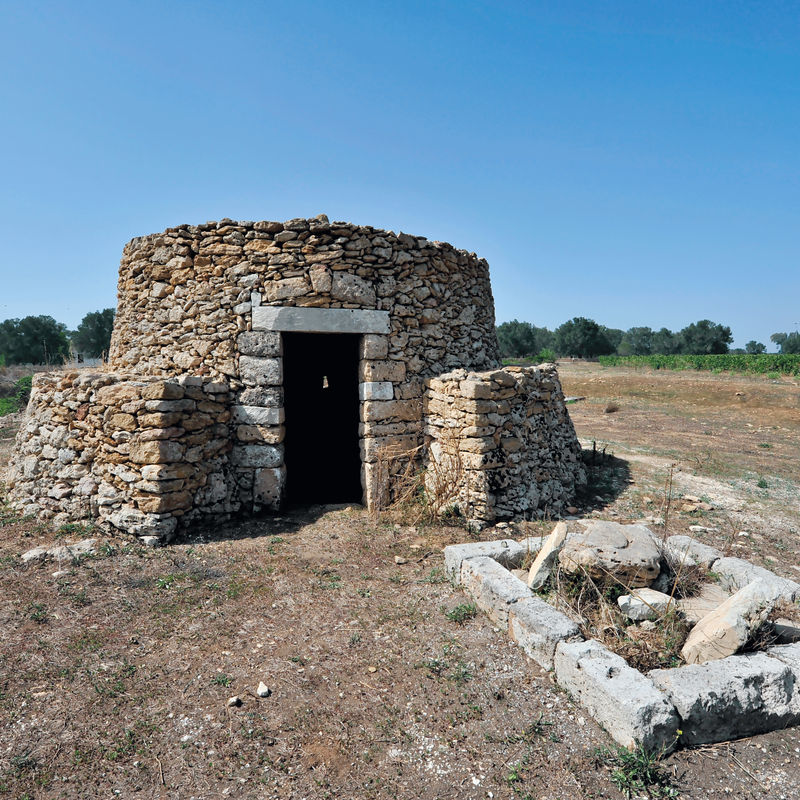
Valesio - La Pajara Archaeological Area

A fascinating experience for history and archaeology lovers is a visit to the Valesio - La Pajara archaeological site, just outside Torchiarolo, halfway along the Via Traiana 'Calabra' between Brindisi and Lecce. This site opens a large window on the past of Salento, from the Messapian foundation to the Greek and then Roman domination of the ancient city of Valesio, mentioned by Strabo under its Greek name of Aletia and by others under the Roman names of Valetium or Balesium.
Traces of an early settlement of huts date back to the Iron Age (VIII - VII century B.C.), which developed near the rich natural area around the canal (once navigable), now called "Infocaciucci". Over the centuries it confirmed its strategic importance, taking the name of Valesium and becoming part of the confederation of Messapian fortified towns of Salento, thanks to which it experienced a long period of splendour in the VI-I centuries B.C..
From the centuries of Roman occupation, there are still clear sections of megalithic walls defending the site, as well as a complex residential area dating back to the 2nd-1st century BC. Nearby are the impressive remains of a thermal complex dating back to the late 4th century AD, when the town acquired the name Mutatio Valentia due to its function as a postal station on the imperial road network. The site, which was used until the following century, still preserves the typical rooms of the complex: from the atrium with its mosaic floor, to the changing rooms, the frigidarium, tepidarium, sudatorium and calidarium halls, the latter with its recognisable square structure supported by small columns connected to the heating ovens.
Historical sources testify to the total destruction of the town in the Middle Ages (1157) by William of Sicily, known as Malo; after that date the town was abandoned and reduced to a fief, probably a farm, which Count Tancred granted to the Benedictine Order of Lecce in 1182, traces of which can still be seen in a small church dedicated to Saint Stephen, near the walls of the original spa, and in the small tombs found in the same area. From the 1500s, the uninhabited area was definitively designated as agricultural land, where the dry-stone pajara, a typical Salento peasant dwelling, can still be seen.
The Museo Archeologico Provincial Francesco Ribezzo in Brindisi preserves many precious finds from the various excavation campaigns, including numerous epigraphs and tombstones with Messapic inscriptions, coins from different periods, decorative architectural elements in terracotta and stone, and a rich collection of various bronzes, ceramics and black-painted pottery, a visit that completes this magnificent journey through time.










